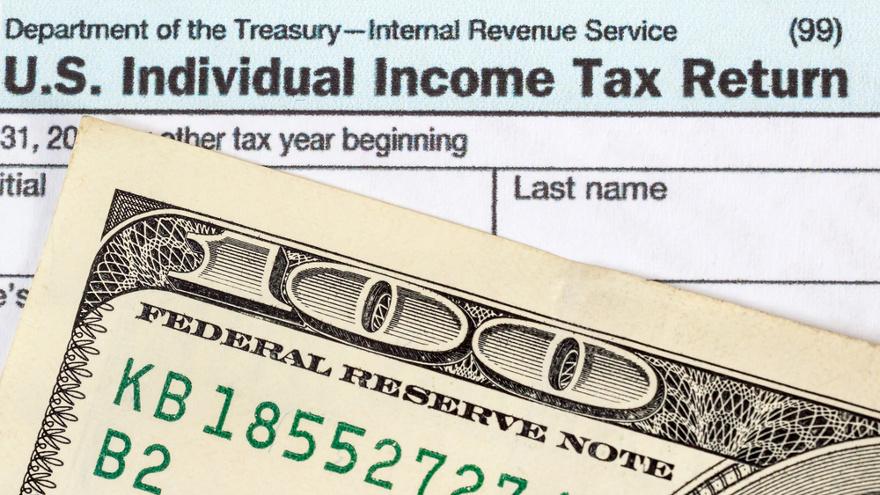ANALYSIS: Auto dealers plan for irregular 2020 tax season as $31 billion in refunds trickle out to taxpayers over rest of year

With the new July 15 federal tax filing deadline fast approaching, the 2020 tax season has been anything but typical.
This has added yet another disruptive layer to the developments that have buffeted the used auto market across the country.
Billions of undistributed dollars remain on the IRS balance sheet, throwing into flux our ability to assess factors that are traditionally applied to anticipate consumer spending on automotive purchases over the next few quarters.
Responding to challenges associated with the completely unexpected consequences of a tumultuous year will require the auto industry to revisit plans for harvesting tax refunds that may have been earmarked for vehicle purchases.
Taxpayers last year received an average of approximately $2,800 in refunds — a number that had remained pretty consistent in the boom market years leading up to March 2020. It was a trend that the auto industry had seen play out like clockwork, creating a dependable seasonal lift by arming deal-seeking buyers with healthy down payments.
The COVID-19 pandemic has changed everything, causing the market to try and figure out what consumers will do with refunds once they are remitted.
As of June 12, the total number of returns received by the IRS was only 5% lower than the same period last year. However, the number of returns that have been processed by the IRS are down 12%, while the number of refunds issued by the government is down 12%. As a result, there is $31 billion less in the pockets of taxpayers this year compared with last year.
With so many demand factors up in the air — including a level of unemployment that has not been seen since the Great Depression — the only reasonable projection to make is that the percentage of refunds that will be allocated to vehicle purchases will likely be lower year over year.
That said, the nature of the forces that caused the economic upheaval is expressing itself in very different ways across states — and within regions and counties.
Riding the full wave
There is growing evidence, for instance, of pent-up demand for vehicle purchases from those who kept their jobs but stayed out of the new- and used-vehicle market for the past few months. Despite this, demand for used-vehicle purchases remained remarkably strong, helped by the fact that new-vehicle production stalled as manufacturers halted operations for the lockdown.
This pause — in combination with a wholesale auction system that was broken for most of the past quarter — created inventory constraints that put upward pressure on used-vehicle prices.
As a result, now is a terrific opportunity for dealers to target taxpayers who have considered setting aside a portion of their refunds for vehicle purchases. It could help extend upward price pressure as counter-market trends begin to manifest themselves.
J.D. Power projections, for instance, expect the fall season to see dealer inventory normalize as off-lease and off-rental vehicles start to make their way back to the market.
This will cause prices to level off and perhaps even retreat slightly. As this happens, it will be extremely important for dealers to keep their finger on the pulse of key demand variables and put in place plans to capitalize on whatever demand emerges from the disbursement of delayed tax refunds.
In the meantime, the situation remains fluid.
Even if 2020 refunds fully match previous tax season levels, the extent to which cash is applied to making vehicle purchases will largely depend on consumer confidence in the economy. Our research shows that consumers are being much more cautious about spending — an emotional state that is largely outside the control of dealers and manufacturers.
What is clear is that consumers in different regions are responding differently to the current environment. Dealers will consequently need to plan accordingly and be ready to adapt quickly to the dynamics of their local community.
David Paris is senior manager of market insights, at J.D. Power Valuation Services.

 View The Latest Edition
View The Latest Edition

